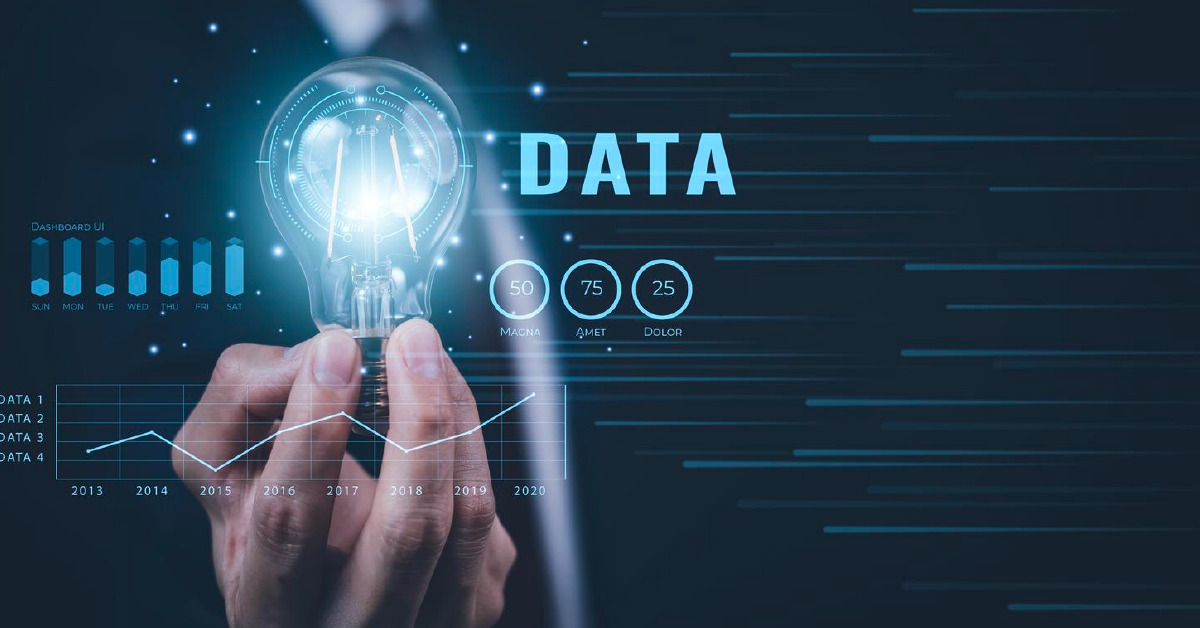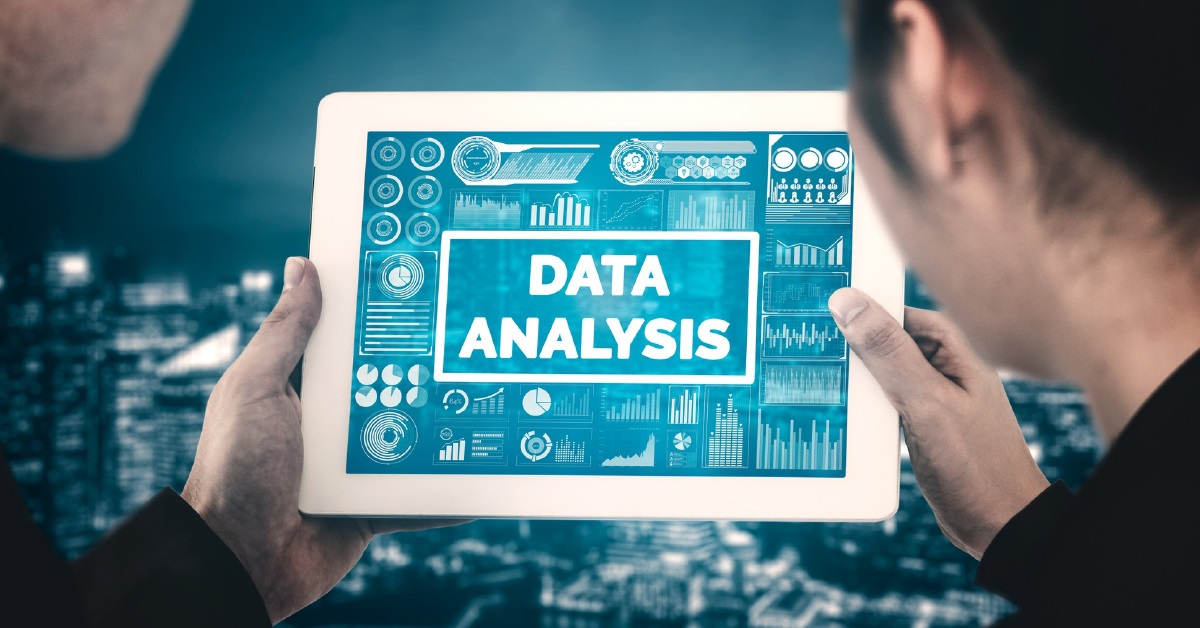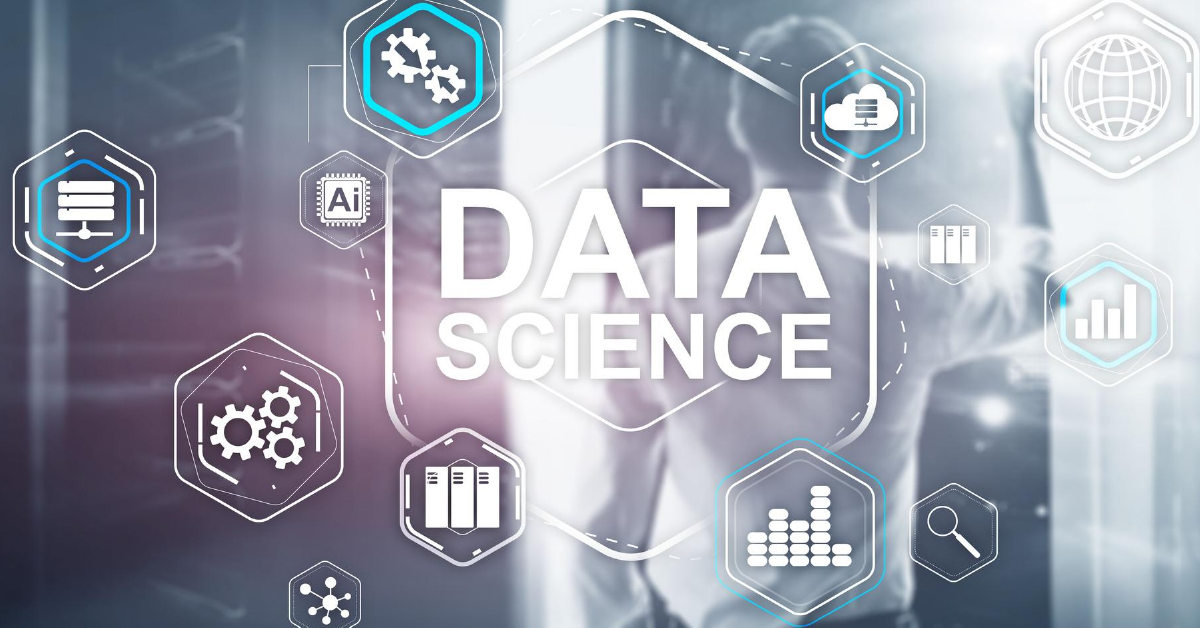Power of Data Science: The Role of Big Data in Software Development

4 min read
Businesses may monitor, manage, and gather performance measures with the use of Data Science to enhance decision-making across the board. Trend research may assist companies in making critical choices that will boost sales, increase consumer engagement, and enhance overall performance.
How Data Science Services Benefits to Businesses
Data Science Services enhances the business insights your organization obtains from data. Total’s data science services assist businesses enhance their decision making by utilizing large data sets to obtain actionable insights that boost corporate value by improving customer experience, churn, and supply chain efficiency.
Data Science Solutions and Visualization
Every day, scientists use predictive analytics to address complicated challenges including processing unstructured data. Discovering patterns in large datasets, and constructing recommender systems. Data gathering, storage, processing, and analysis speed up the presentation of insights as reports with and Data Science solutions and visualization.
What is Big Data?
Big Data refers to data massifs that have been studied using particular computer technologies and have a huge volume and great diversity. The Internet of Things (IoT), social media, blogs, mass media, sensor measurements, statistics, archives, and databases are just a few of the sources for data. This data is kept on cloud storage, or the “data lake.”
Big data having both complex and huge data and it containing structured, unstructured and semi structured data.
Structured Data: Spreadsheets and databases frequently contain structured data, which is distinguished by its organization. Each record or row represents a distinct instance of that data. Each data element is often given a specific field or column in the schema. A client database might, for instance, have fields for the customer’s name, phone number, address and email address in each record.
Unstructured Data: Unstructured data is any data that does not correspond to a data model and has no evident organization. Making computer software difficult to use. This data is unsuitable for a traditional relational database since it is not organized in a predefined manner and lacks an established data model.
Semi-Structured Data: Semi-structured data is a type of information that is neither entirely unstructured nor entirely structured. It has some organization or structure but does not follow a strict data model or schema. It may include components that are difficult to classify or categorize.
In Software development: Role of Big Data?
Big Data is in charge of creating applications to handle and analyses enormous data collections. Using data, scientists and engineers will create and execute effective data processing systems in Software development.
This data, particularly from new data sources, is just a catch-all word for larger, more complex data sets. These data sets are so enormous that traditional data processing technologies just cannot handle them. However, these massive amounts of data will use to address previously intractable business problems.
Big Data: How it is Works
It can collect data from social media, web visits, call records, and other sources to improve interaction experience and maximize value produced. Begin offering personalized offers, reduce client turnover, and deal with issues ahead of time.
Data Integration Mechanisms
This data Integrations information from numerous unrelated sources and applications. Traditional data integration strategies such as extract, transform, and load (ETL) are generally insufficient for the purpose. Terabyte- or even petabyte-scale data analysis calls for novel approaches and tools.
You must import the data, process it, and ensure that it is available in a format that your business analysts can use throughout the integration process.
Store Managing
Big data needs to store and your storage solution could be on-premises or in the cloud. Your data will save in any format you choose, and you can add your desired processing needs and process engines as need to those data sets. Many users base their storage decision on the current location of their data. The cloud is gaining popularity since it meets your current compute needs and allows you to set up resources as needed.
Analyze and Act on Data
When you analyze your data and take action on it, your investment in bulk data pays off. A visual study of your various data sets can provide you knew clarity. Explore the data more to uncover fresh information. Educate others about your discoveries.
Guidelines: For Creating a Successful Big Data Foundation
- Align big analytics with specific corporate goals
- Reduce the skills gap with standards and governance
- Using a center of excellence, maximize the transfer of knowledge
- The biggest benefit is combining unstructured and organized data
- Incorporate the cloud operating model
- Prepare your discovery lab for success
Big Data Platforms?
A large analytics platform organizes and stores this volume of data in such a way that intelligent inferences may, it will create from it. Big analytics platforms gather data on a massive scale, generally onto the cloud, using a combination of hardware and software tools for data management. It is a one-stop shop for all of a business’s data needs, regardless of the number or size of the data at hand.
Applications of Big Data in Different Business Sectors
Finance and insurance industries: Big analytics and predictive analytics will use in the finance and insurance industries for fraud detection, risk assessments, credit rankings, brokerage services, and block chain technology, among other things.
Big Data in Healthcare: Bulk data solutions will use by hospitals, researchers, and pharmaceutical businesses to improve and develop healthcare.
Healthcare is improving treatments, doing more effective research on diseases such as cancer and Alzheimer’s, discovering new pharmaceuticals, and obtaining important insights into population health patterns thanks to access to massive volumes of patient and population data.
Big Data in Media & Entertainment: You’ve seen data at work if you’ve ever used Netflix, Hulu, or any other streaming service that provides suggestions.
Media firms use our reading, viewing, and listening habits to create personalized experiences. Netflix even uses data on designs, titles, and colors to inform user preference selections.
Big Data in Agriculture: Over the last two decades, data has become more abundant than food in many countries. Motivating researchers and scientists to use data to tackle hunger and malnutrition. Some progress is being made in the effort to eradicate world hunger, with organizations such as the Global Open Data for Agriculture & Nutrition (GODAN) supporting open and unrestricted access to global nutrition and agricultural data.
Conclusion
With big data analytics, you may eventually make better and faster decisions, model and forecast future outcomes, and improve your customized software development company.
Published: July 10th, 2023




